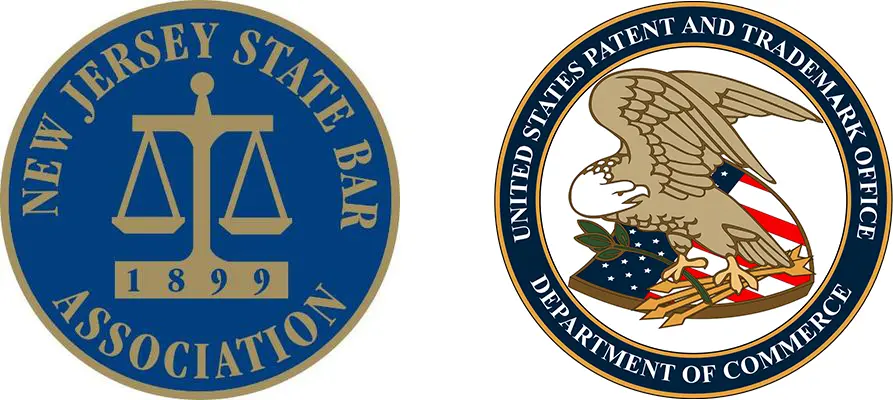April 20th, 2014 by Thomas J Germinario
An invention is the most straightforward kind of patent in regards to establishing its patentability – a typical utility patent is often some kind of invention, after all, and very commonly it is a mechanical invention of the sort familiar to all of us – an engine, a lightbulb, a new kind of tool, etc. Thus an invention is clear cut in its requirements for patentability, so long as you meet the requirements of patent utility, novelty and non-obviousness.
Posted in Patents
April 20th, 2014 by Thomas J Germinario
You know it has to do with product and invention protection – but what are patents, exactly?
Patents are one type of intellectual property protection, along with copyrights and trademarks. Patents generally apply to concrete inventions – like tools, machinery, and Thomas Edison’s famous light bulb – or to processes, like a new business process or software. Possible examples of patents might include a functioning hovercraft, a more efficient device to water a garden, a new formula for shampoo, or a checklist system to improve doctor efficiency at a hospital. Successful patents for inventions and innovations like these ensure the inventor’s safety from patent infringement and costly patent lawsuits for up to 20 years from the date the patent application process begins.
Note that a patent does not cover a brand or a product itself – this would require trademark protection. Strict requirements govern the issuing of a patent, such as a light bulb, whereas a unique product name and brand image can be trademarked for a product regardless of its uniqueness – such as Edison Light Bulbs®.
Posted in Patents
April 2nd, 2014 by Thomas J Germinario
While possible to file a patent yourself, there are risks involved. The patent process makes it possible for anyone to get a patent, but intellectual property attorneys are trained, registered patent experts with years of experience in patent research, patent application writing, working with patent examiners and appealing when the patent office rejects patent application claims, and protecting inventors from costly patent litigation.
It is unrealistic to think a do-it-yourself patent equals a cheap patent – if anything, trying to get a patent yourself could cost you a good deal of money when a competitor is able to sidestep loosely written patent claims and figure out another way to make the product that you are trying to get patent protection on. The patent process is also a time-consuming one, and missing a deadline or failing to submit patent application materials in a timely fashion could mean the rejection of your application.
To learn more about filing a patent yourself, visit the USPTO for resources for do-it-yourself patents.
Posted in Patents

